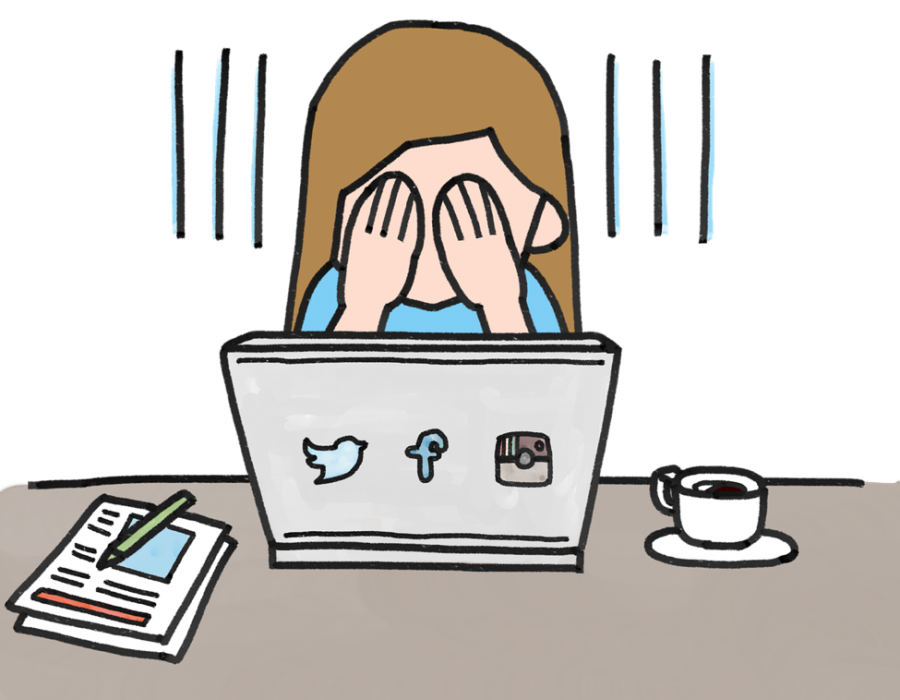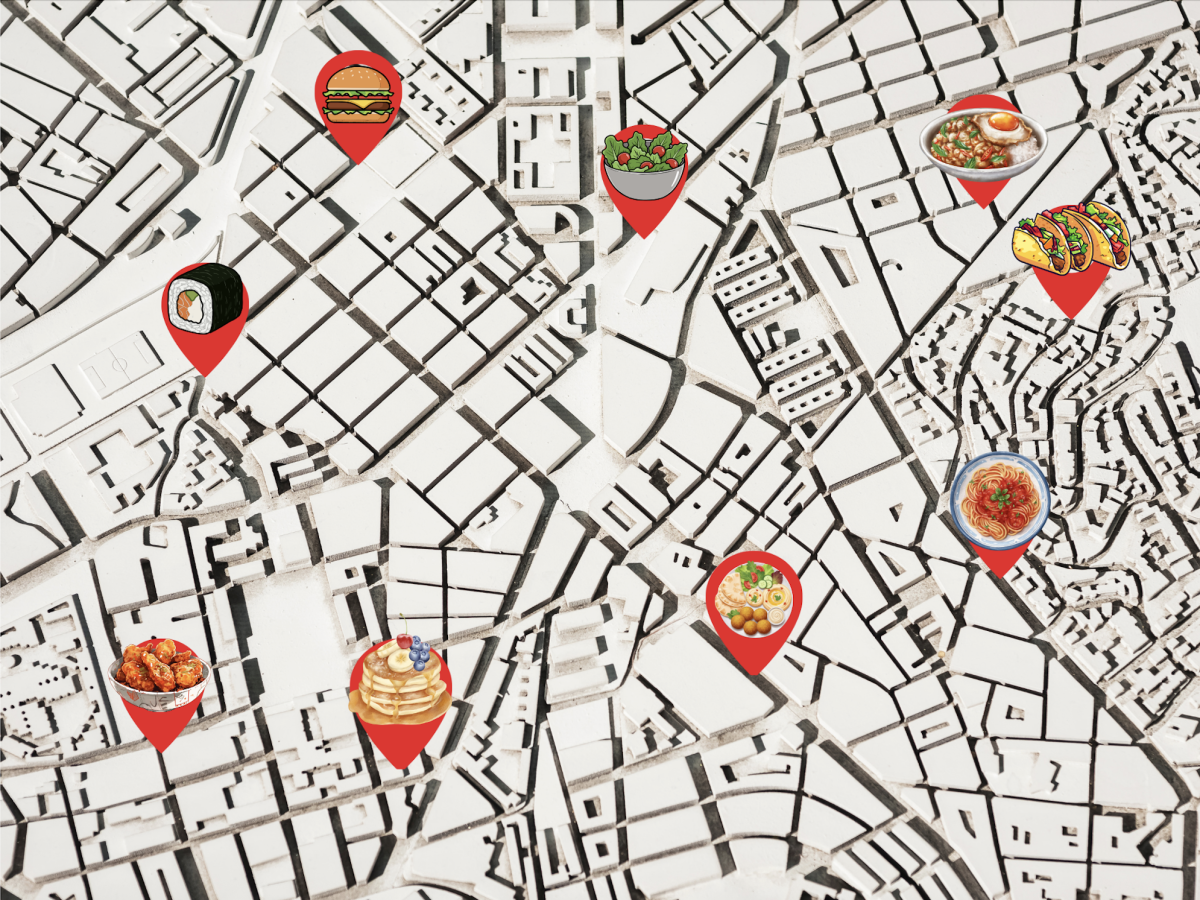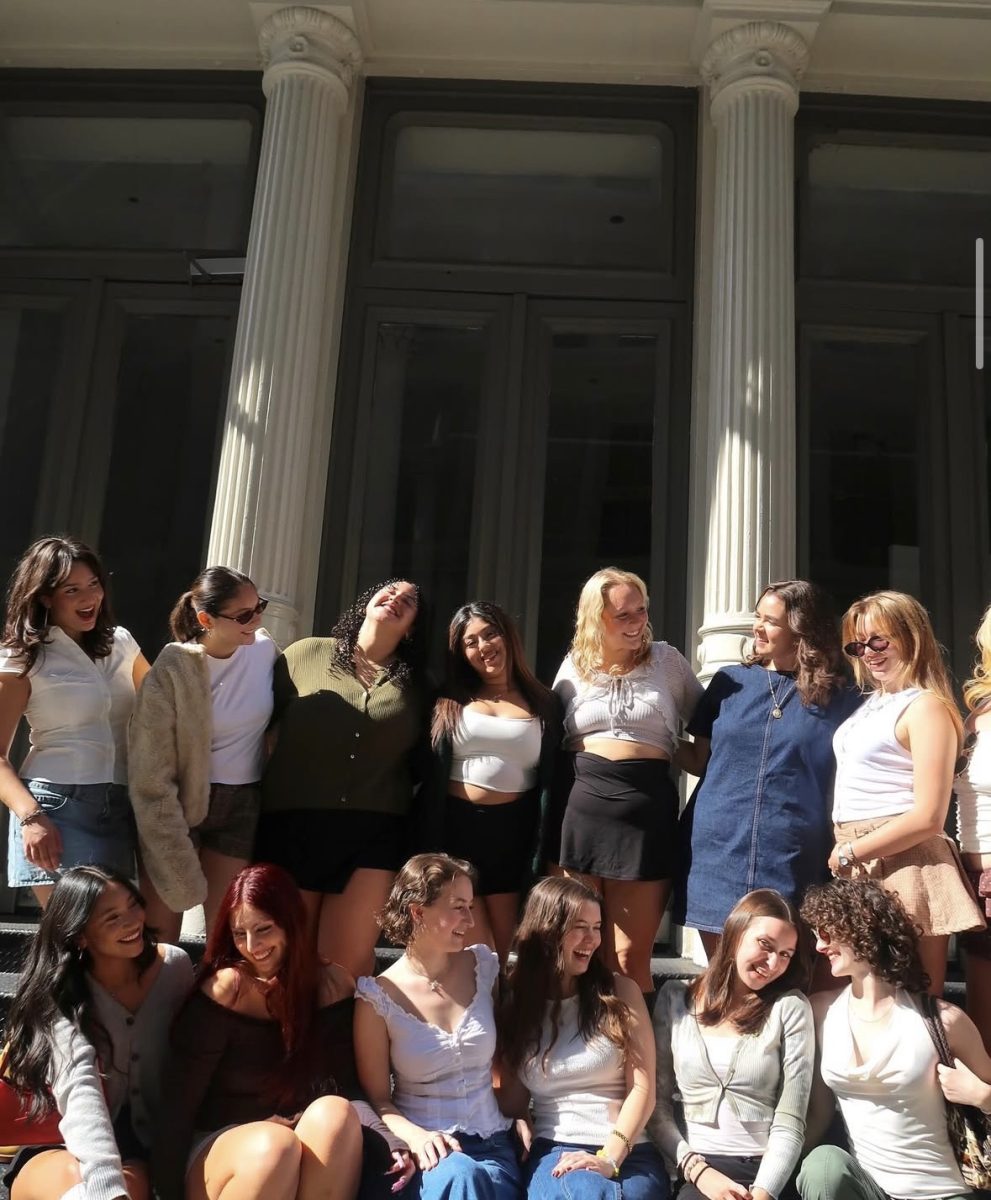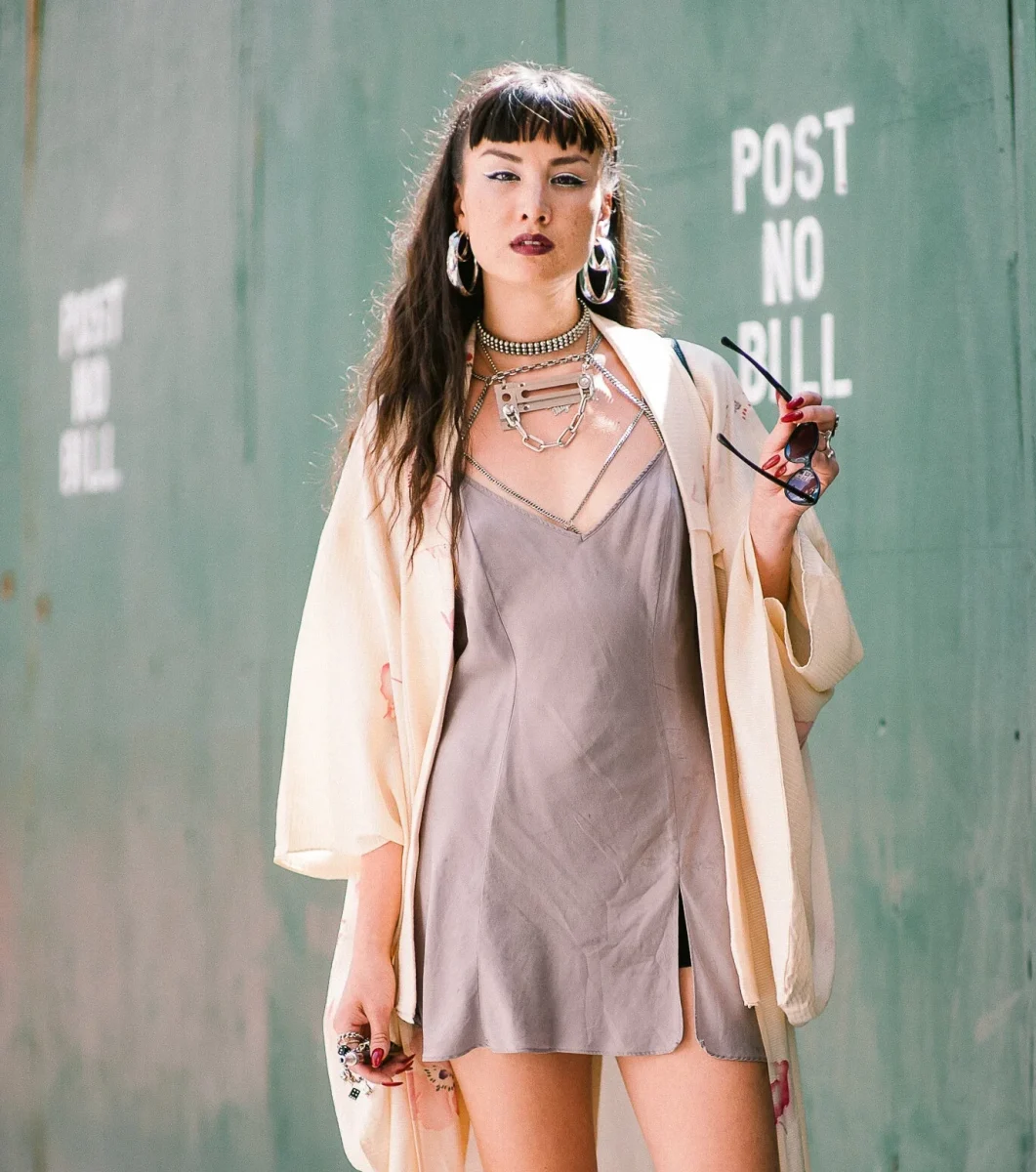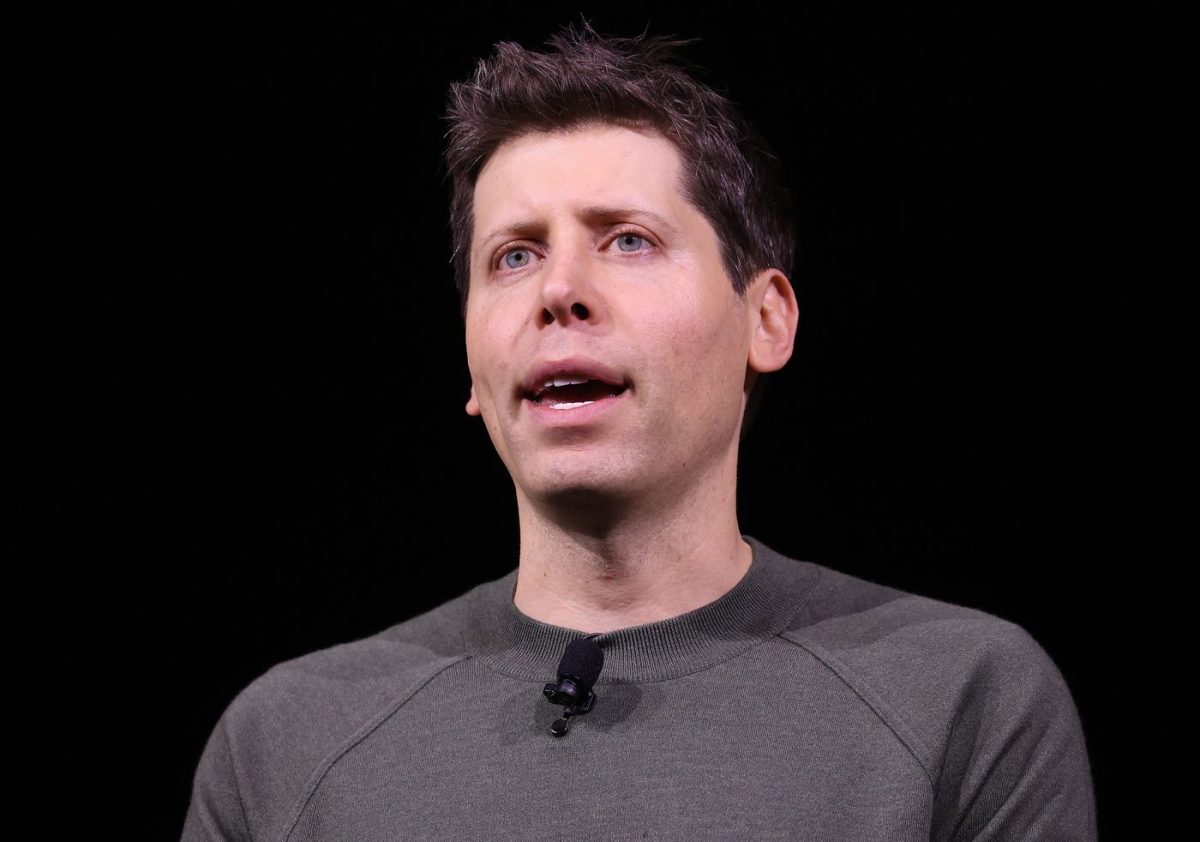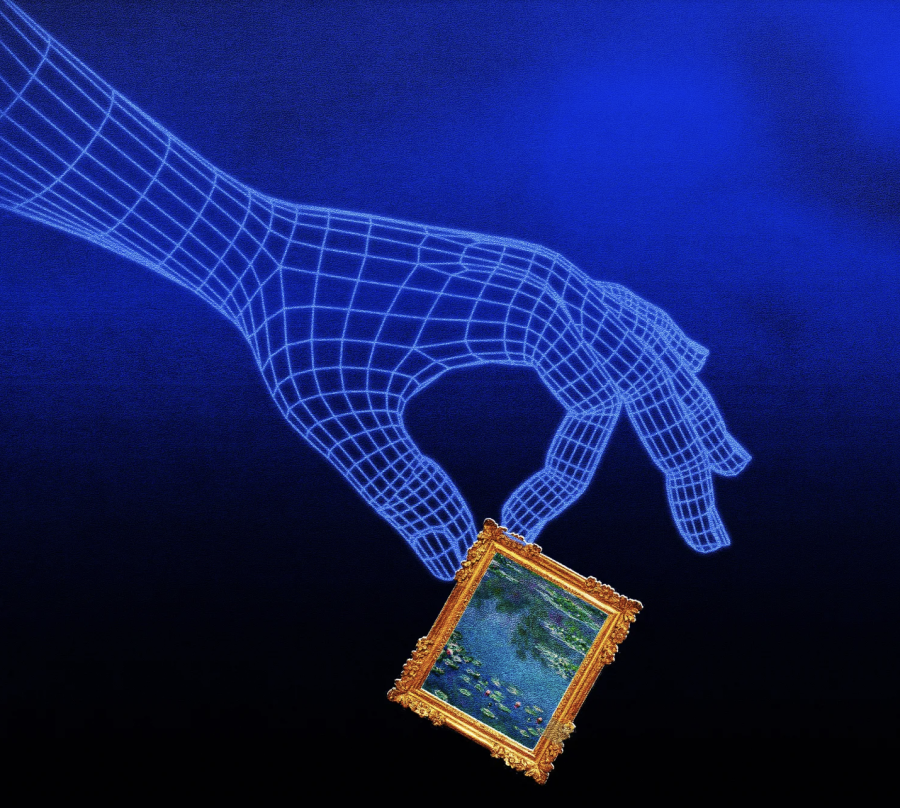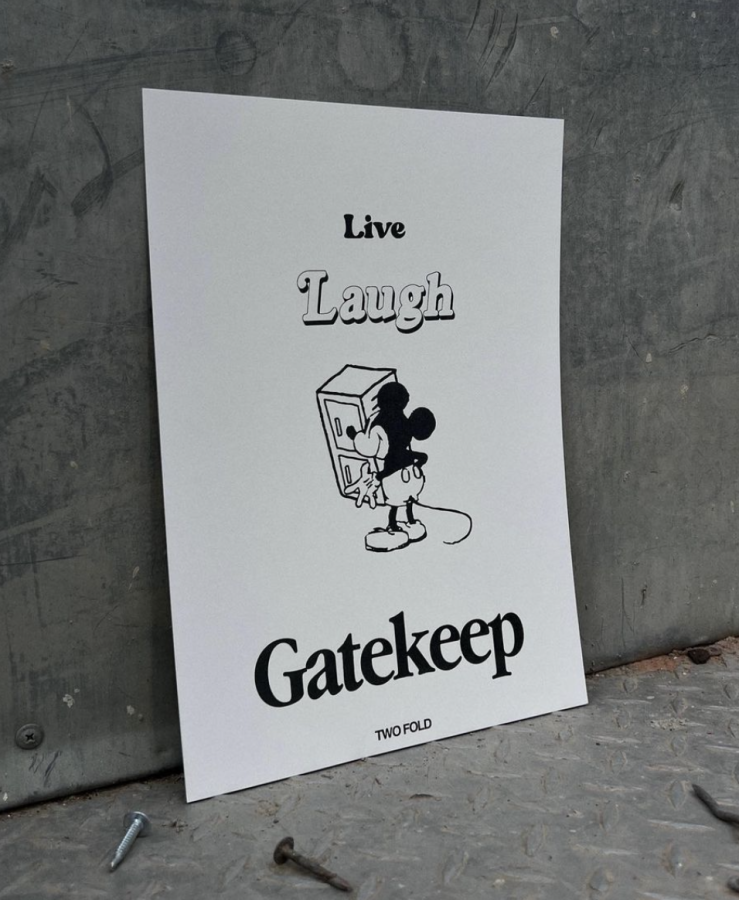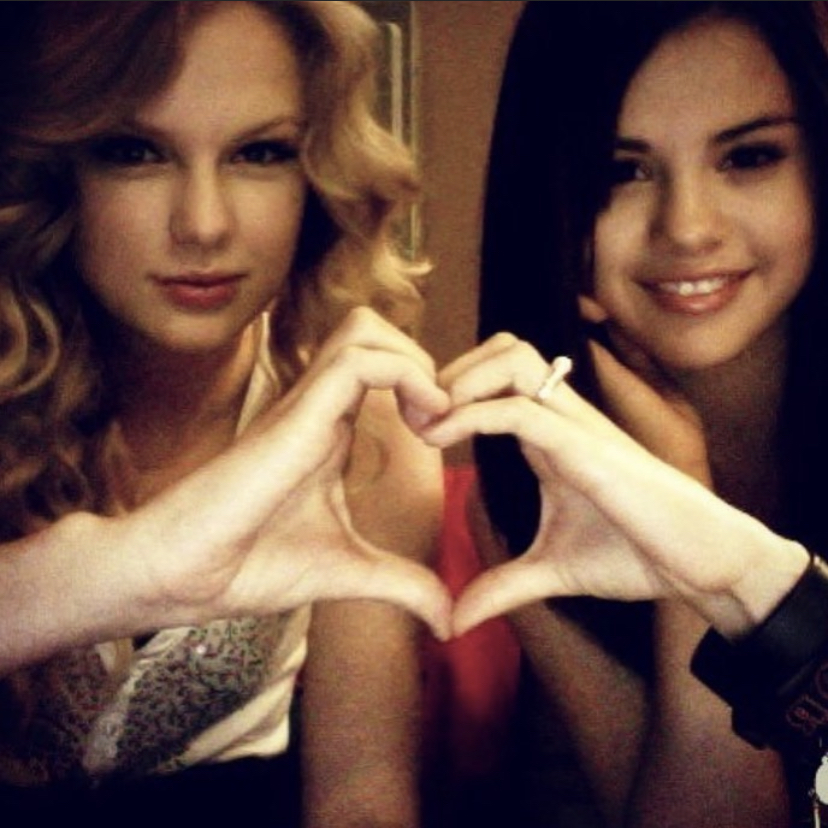It may not come as a surprise that “fake Instagrams,” known as “finstas,” are still on the rise. The craze has now been active for several years. While the name may be fun and trendy, it is filled with irony. These accounts, in fact, are hardly fake at all.
According to Hubspot, “A Finsta is a shortened term for Fake Instagram, which is an Instagram account used by teens and young adults to document more real, candid posts they share with only close friends.”
Finstas have become a place where users post unedited images of themselves in their daily routines—a contrast to their regular Instagram pages, which are often full of edited pictures and witty captions.
Posts on “real” Instagram feeds are crafted to create the perfect image of an individual’s life to their wide variety of followers. Finstas, on the other hand, typically have a smaller group of followers that have a closer relation to the account owner.
“The reason I like finsta is because I can be who I really am and only have the people I am close with follow me,” says University sophomore Bennett Hausman. “My finsta allows me to express my true self, and just have fun.”
While finsta accounts have become a place where individuals can be their authentic selves, boundaries seem to disappear. With no confines, a darker, more serious side of people’s lives can sometimes be revealed. It has become acceptable to say anything and everything: and people do.
The intimate nature of these accounts allows the user to feel a sense of comfort in the page. They can vent about a bad day or express a personal problem in detail.
“Social media can be harmful when it starts to cross boundaries, like spending too much time on your phone, comparing yourself to unattainable standards, feeling isolated from people in-person, or when it impacts your self-worth,” said Netta Admoni, an employee at the University’s Counseling Center.
“Finstas can be a helpful way to reach out to one’s closest network and share how they feel,” Admoni continued. “I think it is really important to supplement posting on a finsta with in-person discussions about how you feel and connect with a mental health professional if you feel like you need to. It could also be good for friends to reach out if they see something posted on a finsta that makes them concerned.”
In a larger sense, our society’s constant focus on perfectly cultivated social media feeds creates a need for another platform where individuals can express their true selves. With the comfort of posting things with no judgment, finstas unveil the façade behind a normal Instagram account. Revealing the true self can be a sense of release for many individuals. This dichotomy of accounts creates a divide between the self.
According to The Riveter, “Finstas are the product of repressed social media expression for the sake of ‘aesthetics,’ but at what cost? In short, the price is the splintering of your online identity. Having two Instagram profiles allows for the curation of your idyllic self and your real self, but the choice to compartmentalize the two is ultimately yours.”
Sometimes it comes down to taking a step back and looking at the difference between two profiles. We can often learn things from finstas that we did not know about an individual prior. Whether comedic or dark, “fake” Instagram accounts open up a world of reality on social media that is often lost behind the edits and photoshop.
For more information, on this topic check out the Wellness Week event in the Bianco Room called “Instagram vs Reality: How to have a healthy relationship in the age of social media” on Feb. 26 from noon to 1:30 p.m.

